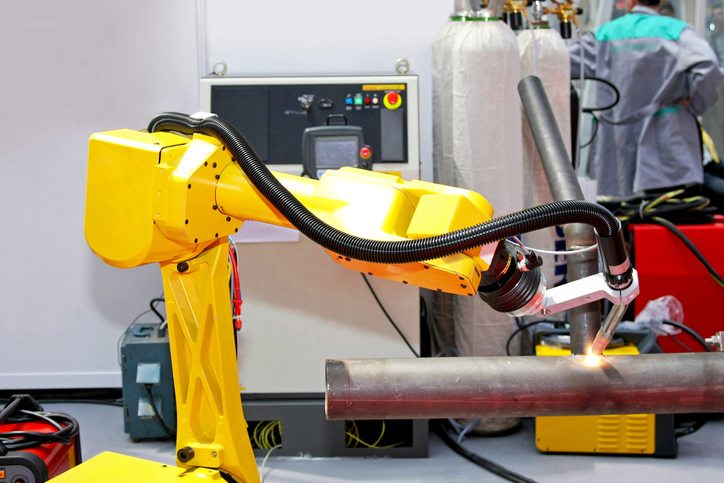Robotic Welding Systems: Choosing the Right One
Robotic Welding Systems: Choosing the Right One

Automating welding processes with robotics can significantly boost efficiency and consistency in manufacturing. However, selecting the right robotic welding system requires careful consideration of your specific needs and goals. While a systems integrator will typically handle the technical details, having a basic understanding of the options available can help you make more informed decisions and ensure a smoother implementation.
A well-chosen robotic welding system not only improves productivity but also enhances safety and reduces long-term costs. On the other hand, choosing the wrong system may lead to inefficiencies, higher maintenance costs, and even production delays. That’s why it’s crucial to take the time to evaluate your options before making a decision.
Key Factors to Consider When Selecting Robotic Welding Systems
When setting up an automated welding system, several key factors should be evaluated to ensure that the chosen solution aligns with your operational requirements.
1. Intelligence and Communication Capabilities
Modern robotic welding systems rely heavily on intelligent controllers and robust communication protocols. These components manage everything from tooling and motion control to environmental monitoring and human-machine interaction (HMI). The level of data acquisition and integration can vary widely between systems, so it's important to understand what kind of information you need to monitor and optimize your welding process.
2. Workcell Design and Features
The design of your workcell depends largely on the size, weight, and complexity of the parts you're welding. For example, large or heavy components may require turntables, positioners, or custom fixtures to ensure proper access and alignment. Smaller parts, on the other hand, might only need simple mounting solutions. The workcell must support the robot's range of motion and allow for efficient part handling throughout the welding cycle.
3. Robot Specifications and Welding Technology
Choosing the right welding robot involves more than just picking a model based on brand or price. You need to consider the type of welding you'll be performing—such as MIG, GMAW, or laser welding—as this determines the required consumables, wire feeding mechanisms, and contact tips. Additionally, the robot's payload capacity, reach, and flexibility are all important factors to evaluate based on your application.
While expert guidance is invaluable when implementing a robotic welding system, taking the time to understand these core aspects can help you collaborate more effectively with your integrator and avoid potential pitfalls down the line.
Continue reading to explore how different robotic welding technologies can enhance your production capabilities and meet your unique business needs.
Posted in Robotic WeldingI do like that the article emphasizes the importance of intelligence and communication. After all, even if you automate the welding process with machines you’ll still need proper controllers to program them. Because of this you want to make sure that those people are not only skilled but can communicate easily with you about any problem they find.
dried fruit packaging machine,automatic dry fruits packing machine,fruits packing machine
FOSHAN HIGH-TECH MACHINERY EQUIPMENT CO., LTD , https://www.packingweigher.com
I had never heard of ARC welding robots till my brother brought it up in conversation the other day. This is so fascinating to me especially to learn that the details of the robot are extremely important to its functionality as a whole. This makes a lot of sense and I will continue to research this topic.